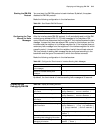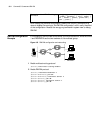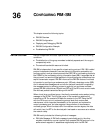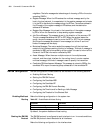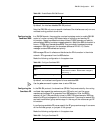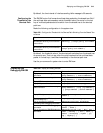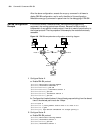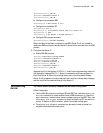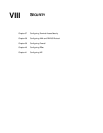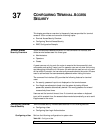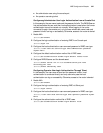
Troubleshooting PIM-SM 521
[RouterB-Serial1] pim sm
[RouterB] interface serial 2
[RouterB-Serial2] pim sm
b Configure the candidate BSR
[RouterB-pim] c-bsr serial 0 30 2
c Configure the candidate RP
[RouterB-pim] acl 5
[RouterB-acl-5] rule permit source 225.0.0.0 255.0.0.0
[RouterB-acl-5] pim
[RouterB-pim] c-rp serial 0 accept-policy 5
d Configure PIM domain boundary
[RouterB-Serial2] pim bsr-boundary
When the Serial 2 has been configured to be BSR, Router D will not be able to
receive the BSR information sent by Router B, which will be excluded from this PIM
domain.
3 Configure the Router C
a Enable PIM-SM protocol
[RouterC] multicast routing-enable
[RouterC] interface ethernet 0
[RouterC-Ethernet0] pim sm
[RouterC] interface serial 0
[RouterC-Serial0] pim sm
[RouterC] interface serial 1
[RouterC-Serial1] pim sm
Suppose Host A is the receiver of 225.0.0.1. Host B now begins sending data with
the destination address 225.0.0.1. Router A receives the multicast data sent by
Host B via Router B. When the multicast data rate of Host B exceeds 10kbps,
Router A will be added to the shortest path tree, and the multicast data message
sent by Host B will be received directly from Router C.
Troubleshooting
PIM-SM
The router cannot correctly establish the multicast routing table.
Follow these steps:
■ Use the PIM-SM protocol to configure RP and BSR. First, use the display pim
bsr-info command to check whether there is BSR information. If there is no
such information, check whether there is unicast routing to the BSR. Then, use
the
display pim rp-info command to check whether the RP information is
correct. If there is no RP information, check the unicast routing again.
■ The display pim neighbor command can be used to check whether the
neighbors have discovered each other.



